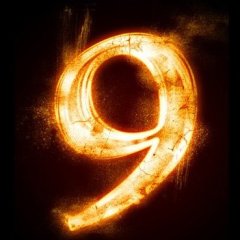-
Recently Browsing 0 members
- No registered users viewing this page.
-
Similar Content
-
- 6 replies
- 149 views
-
- 12 replies
- 537 views
-
- 7 comments
- 7,248 views
-
- 0 replies
- 331 views
-
- 6 replies
- 664 views
-




Recommended Posts
Create an account or sign in to comment
You need to be a member in order to leave a comment
Create an account
Sign up for a new account in our community. It's easy!
Register a new accountSign in
Already have an account? Sign in here.
Sign In Now